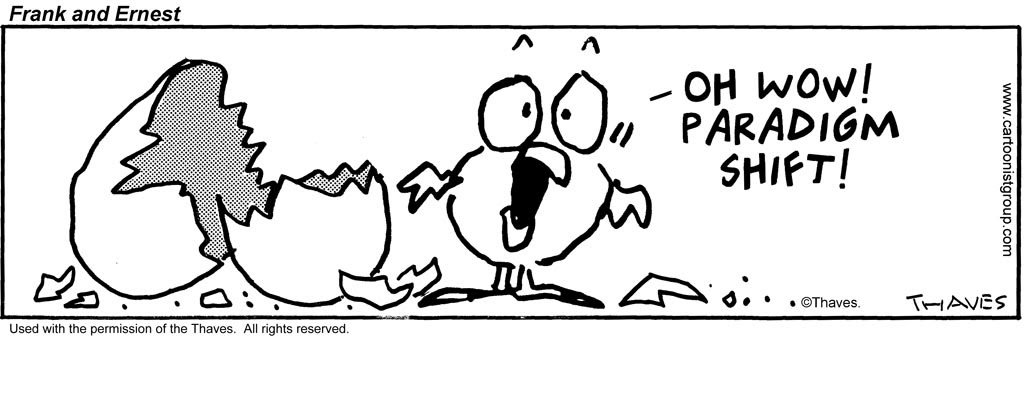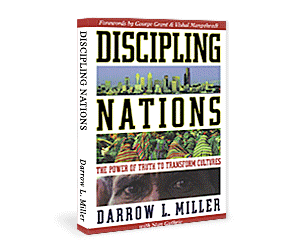A recent issue of the Wall Street Journal ran an interview article featuring New York University professor Jonathan Haidt. The article is titled “The Cultural Roots of Campus Rage,” and in it, Haidt shares his insights into what’s happening on many a college campus across the nation.
Haidt, a psychologist and professor of ethical leadership, along with Jordan Peterson at the University of Toronto, have become helpful guides to me in understanding these very disturbing cultural trends. Both are classically liberal academics who recognize the grave threat this new ideology poses to free speech as well as other cherished freedoms. They are sounding an alarm and we need to listen. (For more on the distinction between classic liberalism and today’s leftism or statism, see this brief talk by Dennis Prager.)
 In the article, Haidt speaks of the campus mobs and riots at universities across the nation including Berkeley, Yale, Brown, and Middlebury. He describes the underlying ideology as “a new religion” that is increasingly filling the void in our post-Christian culture. This new religion is a toxic combination of postmodern relativism, Marxist-style social analysis, and a Nietzschean will to power. From the article:
In the article, Haidt speaks of the campus mobs and riots at universities across the nation including Berkeley, Yale, Brown, and Middlebury. He describes the underlying ideology as “a new religion” that is increasingly filling the void in our post-Christian culture. This new religion is a toxic combination of postmodern relativism, Marxist-style social analysis, and a Nietzschean will to power. From the article:
These [new religious] believers are transforming the campus from a citadel of intellectual freedom into a holy space—where:
- White privilege has replaced original sin.
- The transgressions of class and race and gender are confessed not to priests but to “the community.”
- Victim groups are worshiped like gods.
- The sinned-against are supplicated with “safe spaces” and “trigger warnings.”
This new religion fills the void left by the former Judeo-Christian cultural consensus. It provides a new overarching historical narrative and system of morality. It gives its adherents a sense of personal identity and purpose.
But to really grasp the animating force behind this new religion, you have to understand how it defines social justice. Earlier generations of Americans understood social justice within a biblical framework. When Martin Luther King led the Civil Rights Movement in the 1950s, a rallying cry was “judge me not on the color of my skin, but by the content of my character.” The emphasis was on what all human beings have in common, and based on this, the need for equality of treatment and opportunity regardless of skin color. It drew its inspiration from both the Scriptures and America’s founding creed, the Declaration of Independence.
Today, this biblical framework of social justice has been replaced by a Marxist one. Again, from the Wall Street Journal article:
The left has undergone an ideological transformation. A generation ago, social justice was understood as equality of treatment and opportunity. [According to Mr. Haidt] “… If black people are getting discriminated against in hiring and you fight that, that’s justice.”
Today justice means equal outcomes. “There are two ideas now in the academic left that weren’t there 10 years ago,” [Mr. Haidt] says. “One is that everyone is racist because of unconscious bias, and the other is that everything is racist because of systemic racism.” That makes justice impossible to achieve: “When you cross that line into insisting if there’s not equal outcomes then some people and some institutions and some systems are racist, sexist, then you’re setting yourself up for eternal conflict and injustice.”
Haidt is right. If the goal of this new social justice is equality of outcome, you are setting yourself up for eternal conflict, injustice, and ultimately social disintegration.
We live in a moral universe where good and evil are defined by God. He created people in His image as free moral agents, with the capacity to choose either the good or the bad. He also created a world of immense diversity, where people and cultures have different histories, beliefs, values, behaviors, and yes, outcomes.
Equal outcomes can only be achieved through the tyrannical imposition of power and coercion, with a resulting loss of individual freedom. It results in human beings being objectified, manipulated, and otherwise treated unjustly. Where it has been attempted—in places like Maoist China and the Soviet Union—the outcomes were utterly destructive. Millions were imprisoned and murdered. Millions more lost their families, livelihoods, and freedoms.
If this new religion gripping our college campuses and the larger culture continues to grow and expand, not only in the west, but around the world, I fear it will result in similarly destructive ends. Out of a love for our neighbors, and in a desire to faithfully carry out our mission to bless the nations, this new ideology must be understood and resisted. We must tenaciously cling to the truth, live it out, and in doing so, demonstrate a better way.
For more on this new ideology and how it is playing itself out on the college campus, here are a couple of helpful new videos. First, this one spotlighting changes at Brown University [go here if the video does not show]
And this one spotlighting Yale University [go here if the video does not appear]
In upcoming posts I’ll be sharing more insights into the central tenants of this rapidly growing religion, as well my thoughts on how the church should respond.
- Scott Allen







2 Comments
Ken
April 10, 2017 - 11:26 amScott thanks so much for this article! Honestly, I need as much insight as possible to discern the rage we are seeing in our nation. The election has truly brought so much to the surface. It was great to meet at the Global Forum in Az! I really liked what John Stonestreet mentioned about Ideas not only have consequences but also had history and artifacts. Honestly I have been working very closely with youth for the last 20 years and these current trends have truly taken me off guard and I find myself unable to respond with out outright judgement. Please keep unpacking these ideas because I need more context and understanding.
admin
April 10, 2017 - 1:50 pmThanks for writing, Ken. We’re glad you found the post helpful.
Stand by for further posts in this series!
Gary Brumbelow